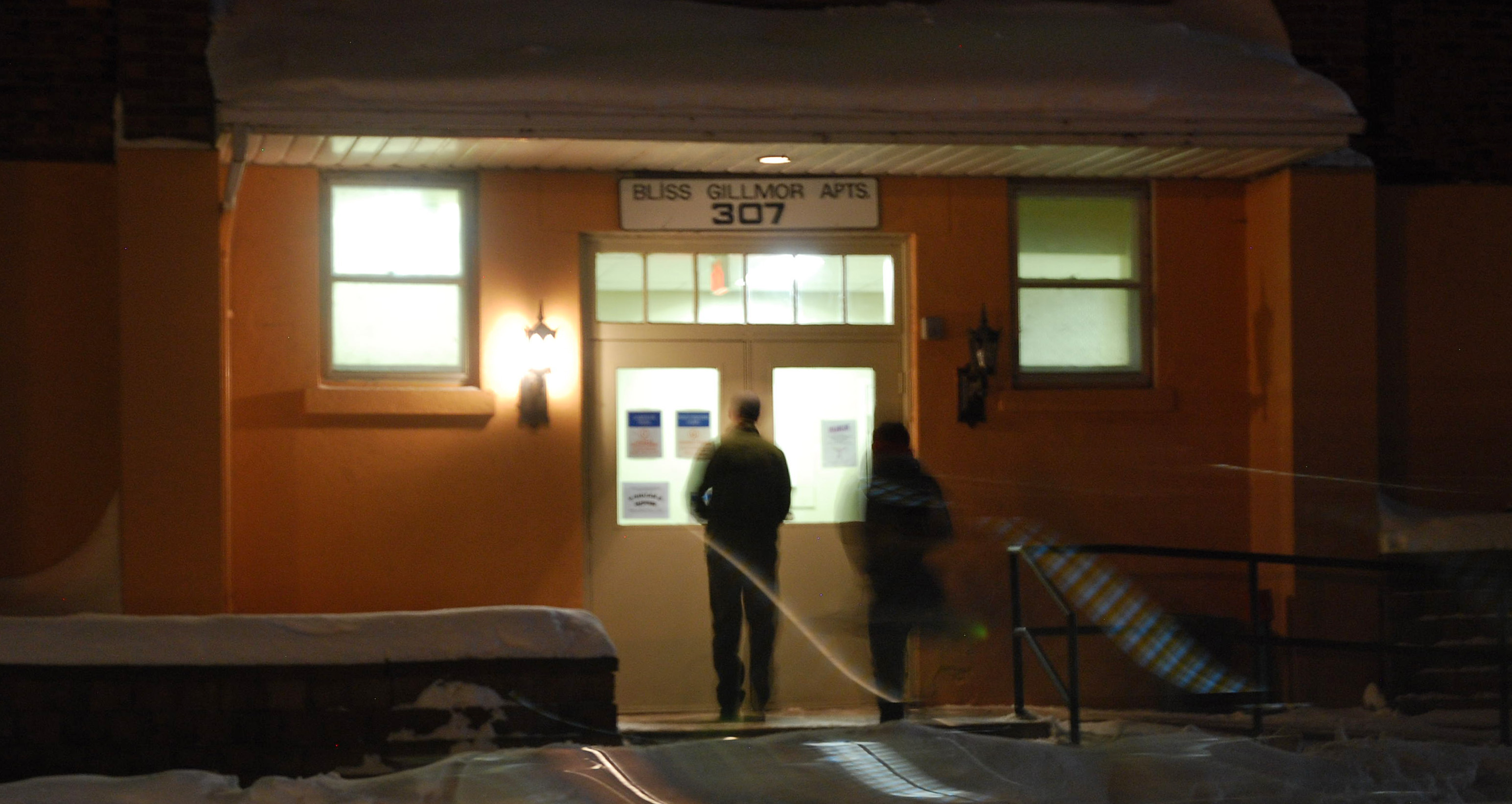Shelter for adult males is desperately needed in North Bay

*updated*
By Kelly Anne Smith
NORTH BAY – Tonight, 35,000 people in Canada do not have a safe place to sleep. Ontario aims to change this and has pledged to end homelessness within ten years.
Soon, a social agency in each community will be tasked with counting people living on the street. They will try to include those people that are able to sleep on a couch but not in a home they can call their own.
The people without homes have been counted before in North Bay by researchers from Laurentian and Nipissing Universities. During the 2013 study titled In the Poverty, Homelessness and Migration, 513 were counted as homeless. Indigenous people were “greatly over-represented” at 26% of the homeless while only 5% of the population in North Bay.
The study’s recommendations included: providing sufficient funding to agencies serving homeless people; building new public housing; providing extra help for people with mental illness to stay housed; and stable funding for shelters to have the adequate number of beds available.
Dan Derosier of the North Bay Indian Friendship Centre says shelters are needed. “We need more shelters for the homeless. Then, after the shelter stay, people need affordable housing. Rental units are financially out of reach for many people, so that is a huge barrier.”
The centre’s George Hughie says people come to North Bay from all over after leaving remote reserves. “They come down for health reasons, education and sometimes, jobs. And they bring their families.”
Executive Director Kathy Fortin says she is hopeful that there will be funding coming up. Fortin thinks the homeless are invisible to most people in North Bay because of couch surfing. “It makes it easier for people to obtain housing once they are in a shelter. We work with people who are Métis, Innu, First Nations and non-native. But, what North Bay needs are more shelters just for males. People in need then can access the services at the Friendship Centre, whether it would be with the employment office or our drug and alcohol counseling or our health and welfare services.” Fortin says the region must have improved employment opportunities to help with the root cause of the area’s homelessness.
Volunteers at North Bay’s Warming Centre had 526 visits of people looking for warmth last winter season. The centre’s coordinator, Dennis Chippa, says that out of the 128 people that spent the night, 102 were men. Almost all of the women seeking warmth were indigenous.
“I would say 65 per cent of people coming in and likely 80 to 90 per cent of the folks that stayed would identify as indigenous.”
In 2014, research was conducted by Urban Aboriginal Communities Thrive (UACT) and Nipissing University on North Bay, finding that housing was needed with supports to ensure people remain housed.
There is hope for North Bay in that a group has been working on targeted fund-raising for a 10-bed shelter for men. Recently the executive director of Hope Awaits Ministries, Nicole Millage, announced that almost all the money had been raised for the down payment on a building and that a site search would begin. Hope Awaits will also provide classes on budgeting, cooking, computers, bible teaching, resume and cover letter writing, fighting addiction, and how to cope with rejection.
The Ontario Non-Profit Housing Association estimates that a record 165,000 households are wait listed for affordable housing in the province.
Northern Ontario Service Deliverers Association has found that the cost of managing homelessness was greater than the cost of housing people. It is past time for Ontario to put a roof over everyone’s head.


